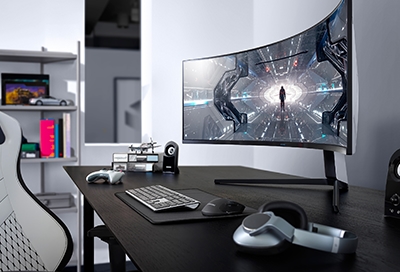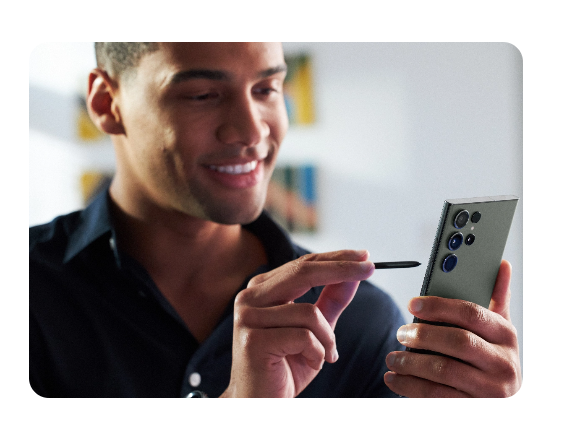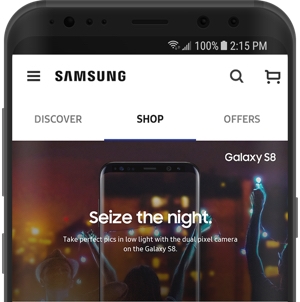Set up your Samsung monitor

Setting up a Samsung monitor is straightforward, yet maximizing its quality goes beyond mere cable connection. For an optimal experience, consider the types of physical connections, necessary drivers, and picture settings. Once connected and powered on, you can fine-tune these settings according to your preferences.
Selecting the right cable
The cable choice significantly impacts monitor performance, especially concerning maximum refresh rates. Refer to the user manual to determine whether HDMI or DisplayPort is required for full performance. Generally, using the latest version of the cable directly connecting your devices—minimizing adapters—ensures the best experience.
Adapter necessity
If your device and monitor ports don't match, an adapter or dongle is necessary. The adapter's quality dictates connection quality; for example, a VGA to HDMI adapter can only transmit VGA-quality signals. For laptops, verify if you need a "micro" or "mini" version of the port and choose the appropriate adapter.
Cable and port preferences
Best: HDMI or DisplayPort for optimal connection. If your device has a micro or mini version, an adapter will be necessary.
Second Best: USB-C for devices without HDMI or DisplayPort, using an adapter for conversion.
Acceptable: DVI can serve as a viable alternative.
Backup: USB (preferably 3.0) with an adapter or docking station for monitor connection, though it's less common as a primary option.
Note: Some monitors can connect directly USB to USB, although this is rare.
Last Resort: VGA, due to its outdated technology.
Monitor connection
Position your monitor away from heat sources and potential liquid spills. Most models require assembling the stand, as detailed in the user manual. Without needing to power off your computer, connect the monitor to a power source and then to your computer using the chosen cable and adapter if necessary.

Note: Monitors may flicker upon initial connection, which is normal.
Driver installation and settings adjustment
Monitors typically do not require manual driver installation, as modern operating systems manage this. For specific features or troubleshooting, refer to the user manual or manufacturer's support. Adjust the refresh rate and picture settings, such as enabling Eye Saver mode, for optimal performance and comfort.
Enhancing your monitor usage
Clean your monitor: Follow these procedures so your monitor is cleaned properly without causing any damage.
Adjust picture settings: Select from basic and advanced picture settings, or turn on Samsung Magic Upscale.
Wall mount your monitor: Follow this guide to learn how to mount your VESA-compliant monitor.
Learn about refresh rates: This controls how fast a monitor refreshes. The faster it is, the smoother your gameplay will feel.
Dual monitor setup: When you have two or more monitors hooked up to your computer, multitasking becomes much easier.
Use voice control: Relax after a long day and just pick up your remote to ask Bixby to open some apps or enjoy a new TV series.
Other answers that might help
-
Mobile 8 AM - 12 AM EST 7 days a week
-
Home Electronics & Appliance 8 AM - 12 AM EST 7 days a week
-
IT/Computing 8 AM - 9 PM EST 7 days a week
-
Text Support 24 hours a day 7 Days a Week
Contact Samsung Support


